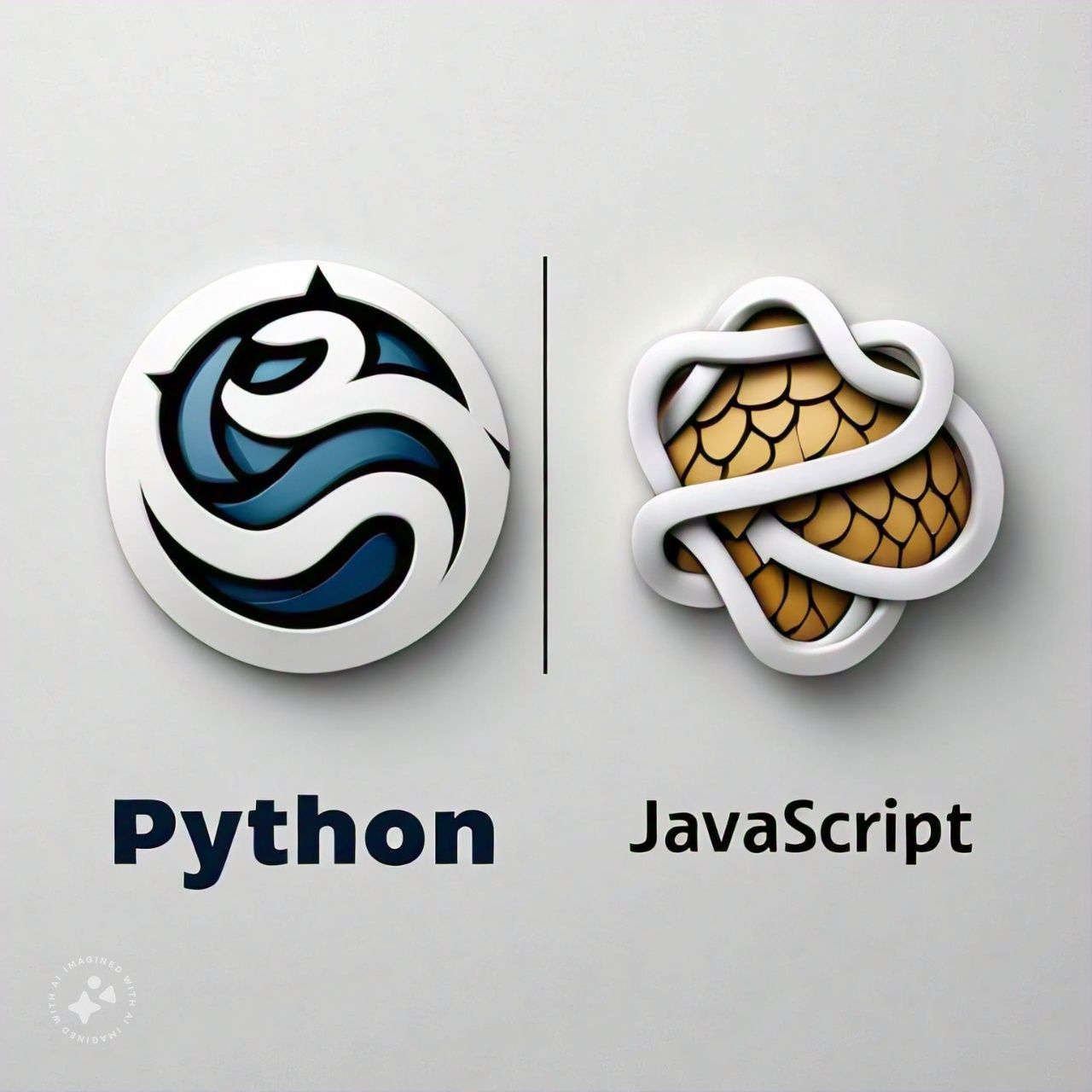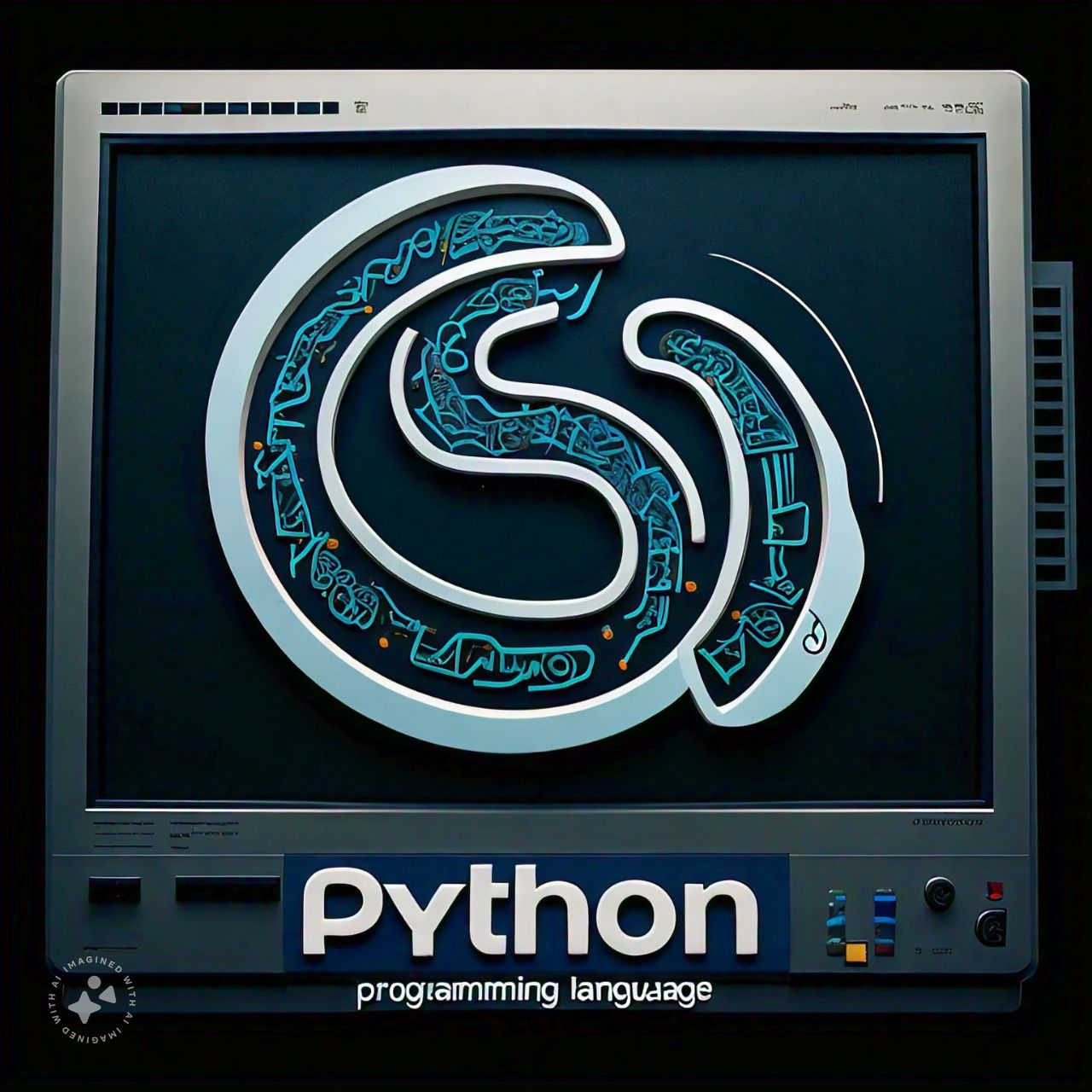When it comes to programming languages, Python vs. JavaScript are two of the most popular, widely used, and beginner-friendly options available today. Both have established strong presences in the tech industry, but they excel in different domains and offer distinct advantages depending on the type of project you’re working on. Let’s dive deeper into how these two languages compare, focusing on their strengths, use cases, and differences.

Python vs. JavaScript: Syntax and Ease of Learning
One of the reasons Python has gained a massive following is its clear and simple syntax. Python is designed with readability in mind, making it an ideal choice for beginners. The language’s syntax resembles plain English, allowing developers to quickly grasp concepts and start building applications. This simplicity extends to how Python handles common programming constructs. For example, printing a basic “Hello, World!” message in Python requires just one line of code:
print("Hello, World!")Python’s design philosophy emphasizes code readability, which reduces the cognitive load on developers. This makes Python a favorite in educational settings and for people who are new to programming.
In contrast, JavaScript is a bit more complex in terms of syntax but is still considered beginner friendly. JavaScript is the foundation of frontend web development, powering dynamic and interactive web applications. While it has a steeper learning curve than Python, it’s essential for web developers looking to make websites come to life.
Here’s the JavaScript equivalent of “Hello, World!”:
console.log("Hello, World!");Although JavaScript syntax may seem a bit more verbose, its learning curve is manageable, especially with the abundance of resources and tutorials available online.
Use Cases: Backend vs. Frontend
Python and JavaScript cater to different segments of the programming world, although they do overlap in some areas.
Python is widely used in data science, machine learning, artificial intelligence (AI), automation, and backend web development. Python’s rich ecosystem of libraries and frameworks—like NumPy, Pandas, and TensorFlow for data science, or Flask and Django for web development—makes it a powerhouse for developers working in these fields. Python is also favored for scripting and automating repetitive tasks due to its straightforward syntax and ease of use.
For instance, a simple Python script can automate the process of file handling or interacting with APIs in just a few lines of code.
On the other hand, JavaScript is the undisputed king of the web. It’s the only programming language that runs natively in the browser, making it essential for frontend web development. JavaScript allows websites to be dynamic and interactive, enabling features like form validation, animations, and fetching data from servers without reloading the page (via AJAX). Additionally, with frameworks like React, Vue.js, and Angular, JavaScript has become even more powerful in building single-page applications (SPAs) and rich web interfaces.
Interestingly, Node.js, a JavaScript runtime, has extended JavaScript’s reach into backend development as well. With Node.js, JavaScript can be used for server-side programming. This allows developers to use JavaScript on both the frontend and backend.
Libraries and Frameworks
Python’s extensive library support makes it a go-to language for data-driven projects. Popular libraries such as NumPy and Pandas provide tools for handling and analyzing large datasets. Also, TensorFlow and PyTorch are pivotal in the realm of machine learning and AI. Python’s simplicity allows data scientists to focus more on solving complex problems rather than worrying about syntax.
In web development, Python’s Django and Flask frameworks provide robust, scalable, and secure options for building full-fledged web applications. These frameworks handle much of the heavy lifting involved in web development, such as managing databases and routing requests.
JavaScript, too, has its own ecosystem of libraries and frameworks. React, created by Facebook, is one of the most popular JavaScript libraries for building user interfaces, particularly for single-page applications (SPAs). Similarly, Vue.js and Angular are highly regarded frameworks for building modern, dynamic web applications. For backend development, Express.js, a minimalistic framework for Node.js, is a fast, unopinionated framework used for building web servers and APIs.
Performance
When it comes to performance, JavaScript tends to be faster in web environments because it is designed to run in the browser. However, Python’s performance is often adequate for many use cases, especially when working in fields like machine learning or data analysis where ease of development takes precedence over speed.
JavaScript’s non-blocking, asynchronous nature (thanks to Node.js and its event-driven architecture) is highly efficient for I/O-bound tasks. This can handle multiple requests on a web server. On the other hand, Python’s Global Interpreter Lock (GIL) can be a performance bottleneck in multi-threaded applications. But ,this isn’t a major issue for most use cases outside of high-performance computing.
Conclusion: Which to Choose?
Ultimately, the choice between Python and JavaScript comes down to the project at hand. If you’re interested in data science, machine learning, automation, or backend web development. Python is the go-to language due to its simplicity and vast library support. On the other hand, if you’re aiming to build interactive, modern web applications, JavaScript is indispensable, especially for frontend work.
Mastering both Python and JavaScript can make you a versatile developer capable of tackling a wide range of projects, from data-heavy applications to dynamic website.
We have been creating Minireads, a quick posts on how fascinating Python can be in your day to day workds. Please follow those.




